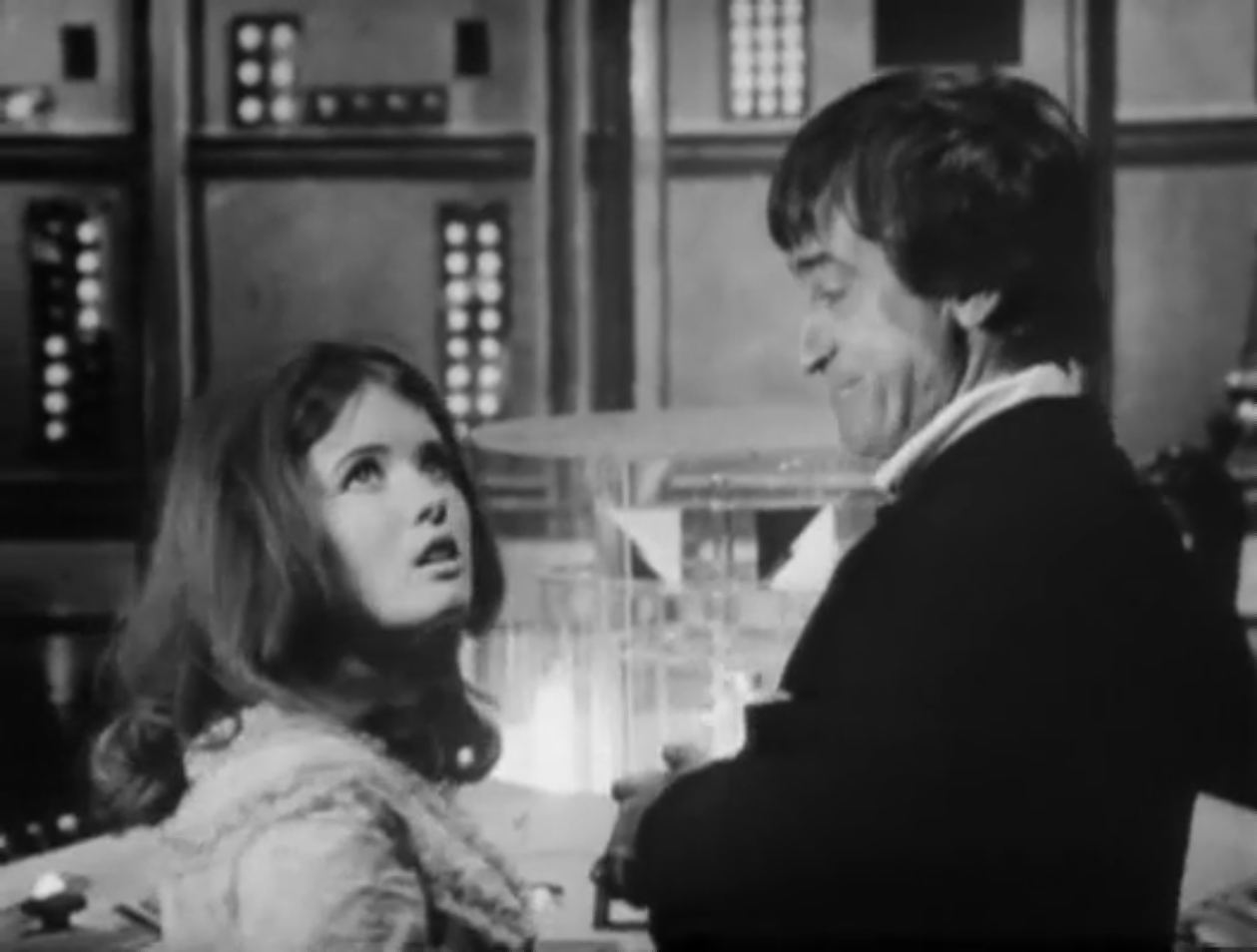"And Thereby Hangs a Tale"

by Amber Dubin
"I, Mudd" follows the tradition set by three other episodes we've seen so far, in which the crew of the Enterprise has to out-logic a robot ("What are little girls made of," "Return of the Archons," "Changeling"). Even though this episode recycles many of the same themes we've seen in those episodes, it offers enough unique elements to make it my favorite of its kind.
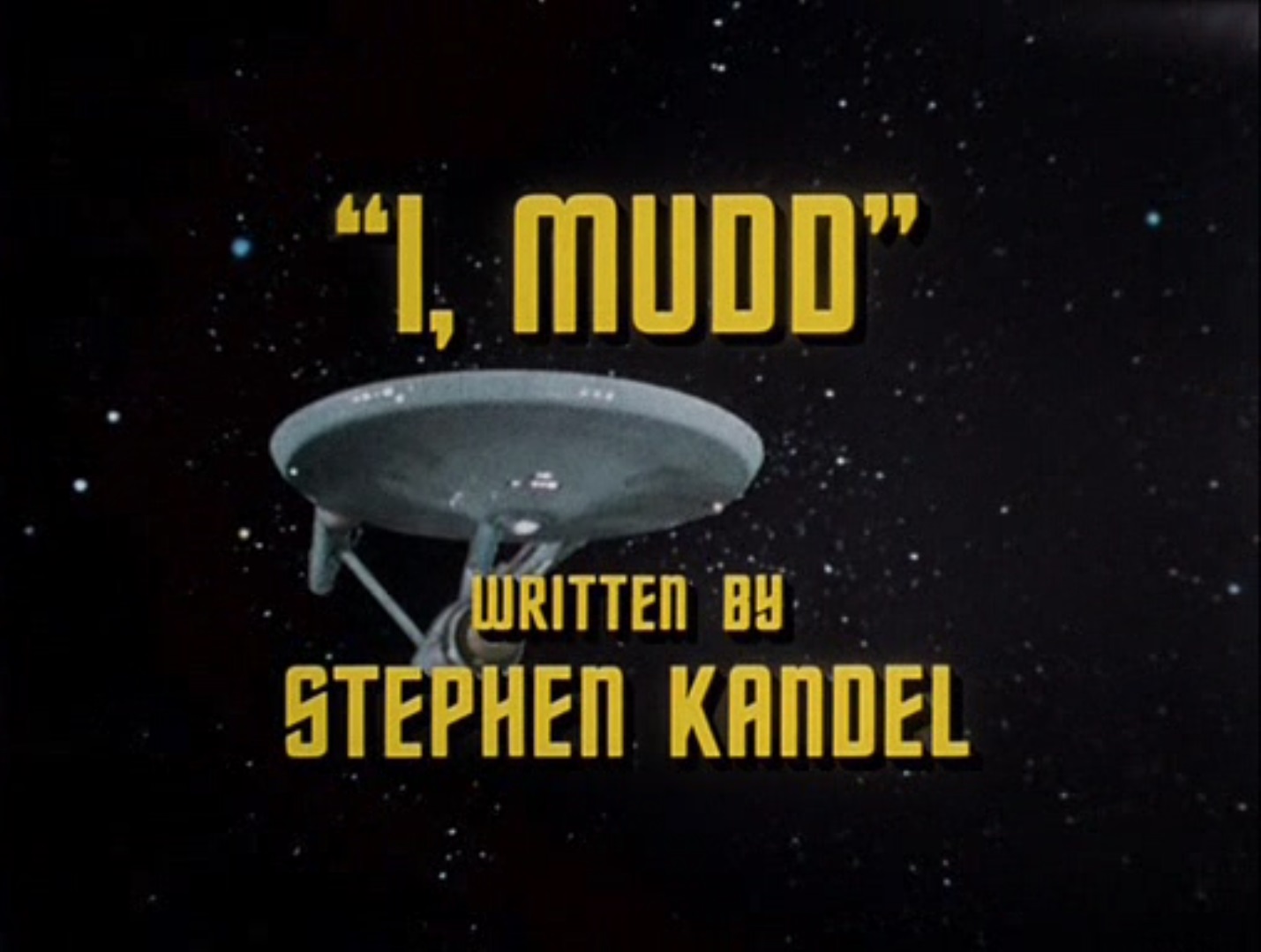
We open on a hallway conversation between the ship's doctor and chief science officer where the ever-cynical medico's instincts lead him to correctly identify an interloper on the ship in the form of the newest crewmember, Lieutenant Norman.

"What did he call me?"
Unfortunately, Spock rebuffs Dr. McCoy's theory (logically) because his reasoning points out Norman's inhuman behaviors, many of which overlap with those of Spock himself. McCoy insists that "the ears make all the difference" but the damage is clearly done as the supposedly unemotional Spock abruptly extricates himself from the conversation with an acerbic retort.
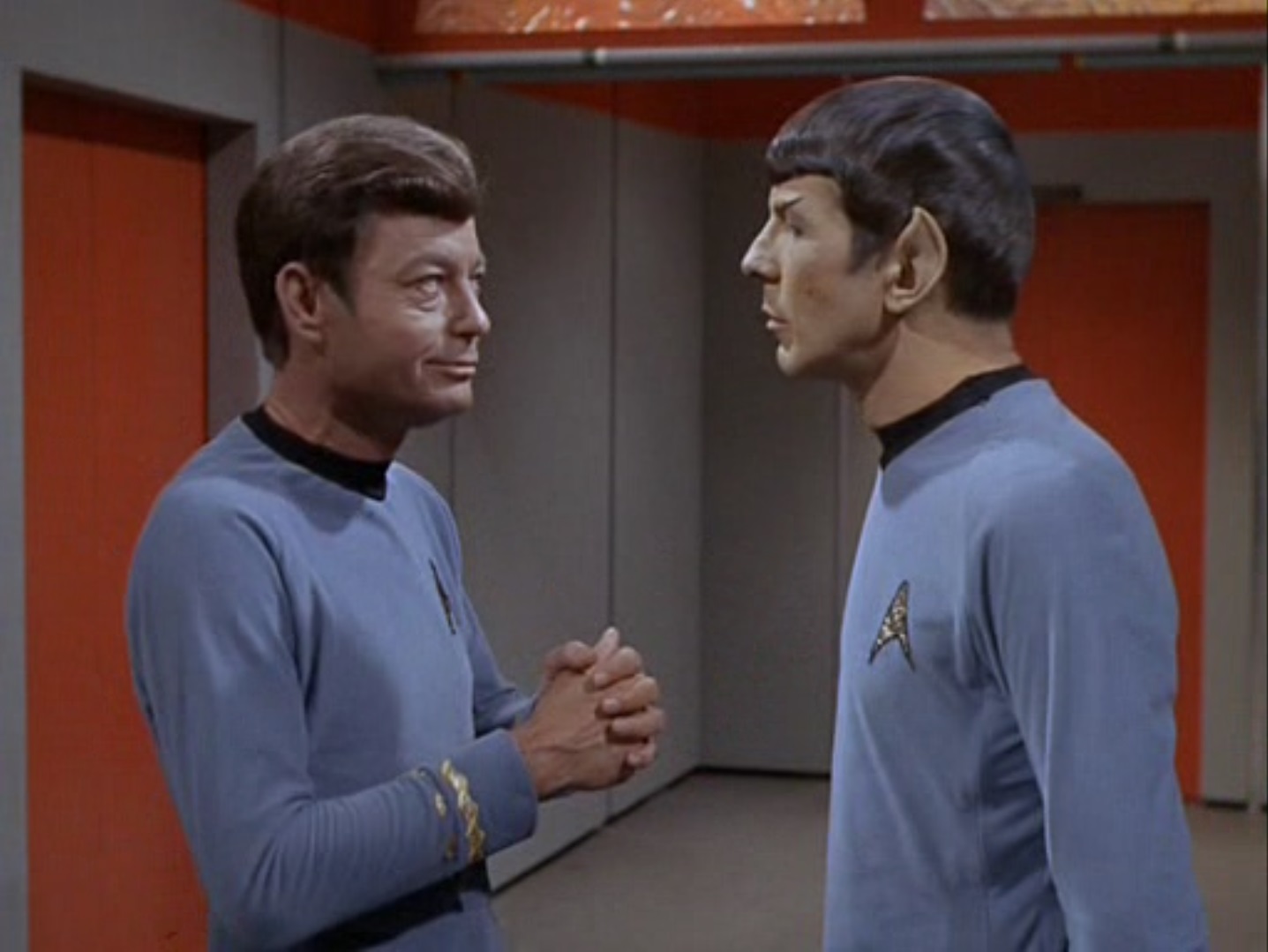
"I mean, you're one of the good ones."
McCoy is immediately vindicated when Norman's next move is to hijack the ship. He single handedly dispatches two security teams, all of engineering including Scotty, rigs the controls to blow if the ship deviates from the course he assigns it, and barges straight onto the bridge to explain the now-captive crew's new situation. Norman presents Captain Kirk a "choice" to either go on a four day voyage to an unknown destination or face the immediate destruction of the Enterprise. Ever cool under pressure, Kirk demands to know the nature of his attacker. Norman responds only by peeling back a panel under his shirt to reveal an android abdomen full of wires.
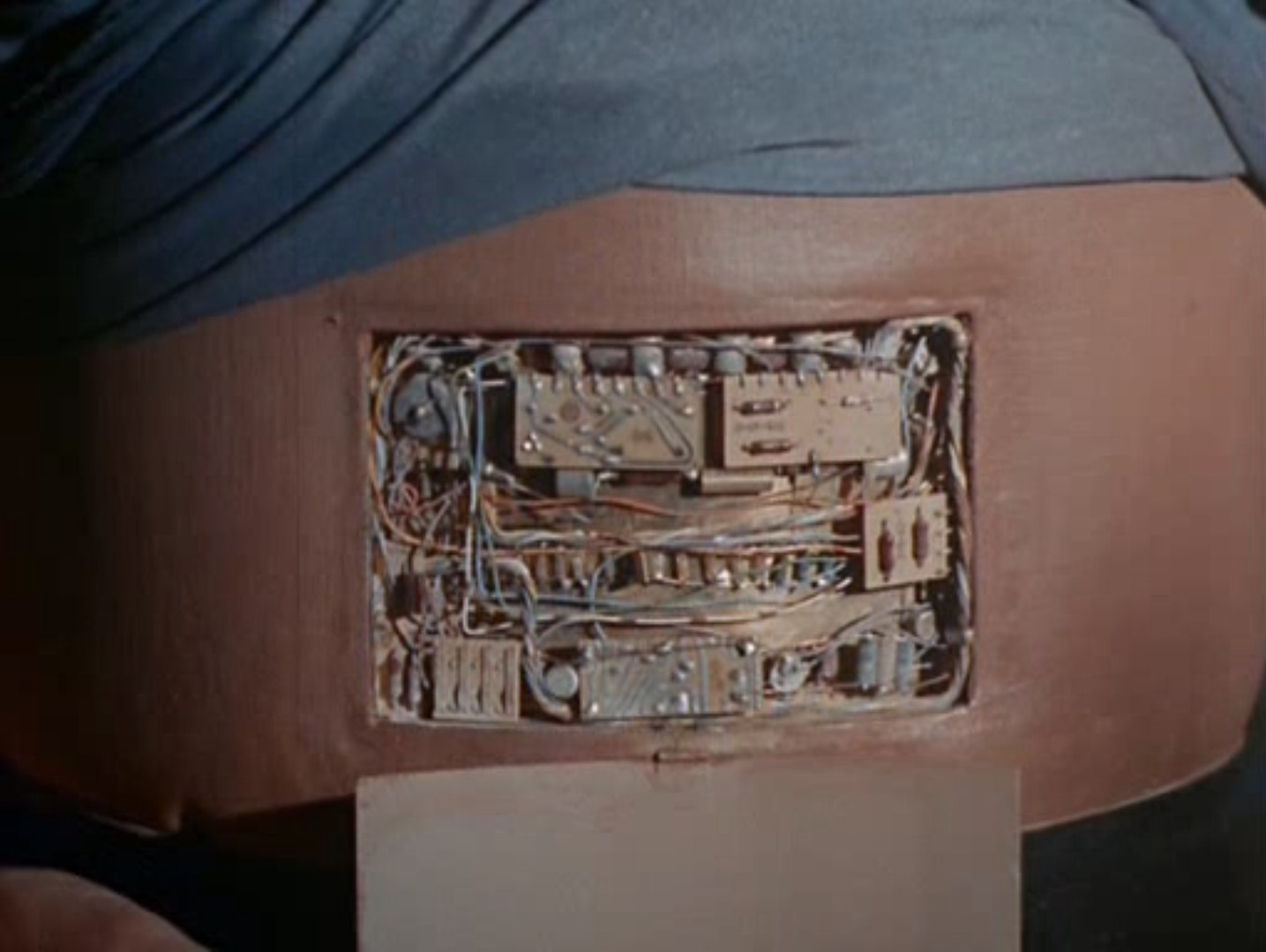
An android's navel–note that these robots don't use integrated circuits…
Further inquiries over who sent him are met with "I am not programmed to respond in that area" before he immediately shuts himself off. So confident is he in his power play (pun intended) that Norman leaves his unconscious body standing in the middle of the doorway to the bridge. Apparently no one disturbs him for four days as the crew seems startled from their normal activities when Norman abruptly awakes and makes further demands. He acts as if he's giving the crew another choice as he requests a set of personnel to accompany him on the planet they're now orbiting, but again refusal means certain death. At least he said “please” this time.
It soon becomes clear why Norman was reluctant to reveal who sent him, because we next open up to a throne room centered around none other than the illustrious Harcourt Fenton Mudd. Undeterred by Mudd's declaration of newfound sovereignty, Kirk charges at him and commences a delightful volley of banter where Mudd catches the crew up on what he's been up to since they last left him in custody for his transgressions. Surprising no one, Harry's made a mess of every situation he's been involved in and has found himself marooned on this planet of 200,000 androids while fleeing the consequences of his actions. Through much childish bickering on Harry's part, Kirk manages to wrench the truth out of the scoundrel, soon discovering that Mudd is just as much a prisoner of the androids as the Enterprise crew is.

"They won't let me go!"
A strange detail comes into play when the crew is being led away and stumbles upon the shrine to Stella, Mudd's wife. It seems odd that Harry would be so sentimental as to make an exact replica of the nagging shrew he gratefully abandoned galaxies away. It must follow that either the loneliness of being the only human on an android planet compelled Mudd to seek security in the familiar or he is such an adversarial man that the ability to make a version of a nemesis he could program with an off button proved to be an irresistible temptation. The most ironic element of that situation is that Stella may be shrill and harping but with a husband like Harcourt, the audience can't help but be squarely on her side.
Unsurprisingly, the androids reject Mudd the second they have any other humans to compare him to, and devote themselves to providing everything the crew wants so they can better serve humanity. They explain that serving humans gives the androids renewed purpose and protects humans by taking care of their every need to save them from themselves. Elements of the gilded cage they're presented with tempt each of the crew members in turn, but whenever a wish contradicts the terms of their captivity, the crew begins to notice that the androids balk at the paradox by freezing in place, their ID necklaces flashing until the conflict is resolved. It is subsequently discovered that the androids are part of a partial hive-mind directed by Norman and that they defer to him to avoid overloading individual units when logical computation is stalled. Thus ensues a campaign to confuse and overload as many androids by whatever means possible. Fake music, subterfuge, logical fallacies, play acting and flat-out lies become weaponized against the unsuspecting computers; each crewman performs their ridiculous acts admirably, especially Spock, who befuddles several androids all by himself.

"Sorry, ladies. I'm just too good for you."
The episode reaches a delightful climax as the crew's play-acting for Norman finally causes literal steam to billow out of his ears and he admits humans are too complex to be managed by anyone but other humans. In the even more satisfying conclusion, after reaching a peaceful solution to coexist with the androids, Mudd's punishment is revealed to be exile on the android planet so they can help him rehabilitate his nefarious ways. Mudd initially rejoices in this reward of a punishment, until the crew unveils his personal attendants: 500 copies of Stella, this time without her off switch.
Not one line of the script is superfluous and every crewman is at their most efficient and capable as they execute every plan flawlessly. The script, plot, performances and design of this episode click together as seamlessly as the gears powering a well-constructed android.
I am a self-confessed, dyed-in-the-wool robot-a-phile. It is thus inevitable that I give this episode…
5 stars
The Shrew in the Ointment

by Janice L. Newman
I’ll admit, the preview for this episode had me worried. “Mudd’s Women” had some good elements, but was overall one of the weaker episodes of the first season. Happily, this episode was much better than that first one starring Mudd. There was just one problem that took it down a star for me – a fly in the ointment, if you will.
It was an old, old, joke even when Shakespeare did it: the harridan wife and her ne’er-do-well husband. Despite the fact that the audience knows that Harry Mudd’s perspective is unreliable, and thus his version of his wife may not represent the real woman, upon seeing the cartoonishly-awful “Stella” android we can’t help but be repelled and thus sympathize with the charismatic Mudd. Yet a moment’s thought makes one realize how nonsensical it is in the context of Star Trek. This is the future. Is it really so hard to get a divorce if one is unhappy with one’s spouse? If two people are so miserable together, is it truly necessary for one of them to flee into outer space? And sure, another moment’s thought is all it takes to realize that Mudd likely married his wife to gain some kind of monetary benefit, and that if we were in her place, we might be shrill, too. Still, Stella isn’t particularly funny, and for me, even Mudd’s comeuppance was poisoned by her sour, nagging presence.

If Harry Mudd put you in a closet, you'd make this face, too.
The rest of the episode is great, though; one of the best “break the computer” ones we’ve seen. Four stars.
A little bit of Vaudeville

by Gideon Marcus
Something I love about the stellar anthology show, Star Trek, is how versatile it is. One week, we're getting political commentary, with ramifications right from the headlines of today (e.g. "A Taste of Armageddon"), another we're getting a Halloween-themed piece ("Catspaw"). An episode might be a rendition of a classic war movie ("Balance of Terror") or a retelling of Hamlet ("Conscience of the King").
"I, Mudd" takes place almost entirely on a spartan subterranean set, and largely features entertaining characters conversing with each other. It's like an extended Hollywood Palace sketch. It really shouldn't work, but it does.
From Kirk's masterful exchanges with Mudd (with Kirk displaying just the right mix of exasperation, anger, and amusement) to Chekov's lively Cossack dances, to the halting…yet endearing…cadence of…the androids, to Uhura's silky mock betrayal (she really is getting a chance to shine this season!), to the grand finale filled with pantomimed absurdity–it's a stage-bound pageant of comedy. Interestingly, the avante garde Marc Daniels was tapped to direct rather than the more stagey Joe Pevney. You see his surrealistic influences particularly during the dance scenes.

No caption required.
That the story is actually pretty good is a bonus. If the show doesn't quite reach five star status for me, it's because while I enjoyed the show thoroughly, it was a bit too frivolous to feel like "real" Star Trek–essentially the same complaint I had about "Catspaw", but with an execution that makes me all but forgive the lapse.
Four stars.
Tonight's episode seems like it will be more of a serious affair. At least we'll find out what happened to Glenn Corbett after he left Route 66…
Here's the invitation! Come join us.
Also, copies of The Tricorder are still available — drop us a line for details!

![[November 10, 1967] Mudd in the computer (<i>Star Trek</i>: "I, Mudd")](https://galacticjourney.org/wp-content/uploads/2022/11/671110title-672x372.jpg)
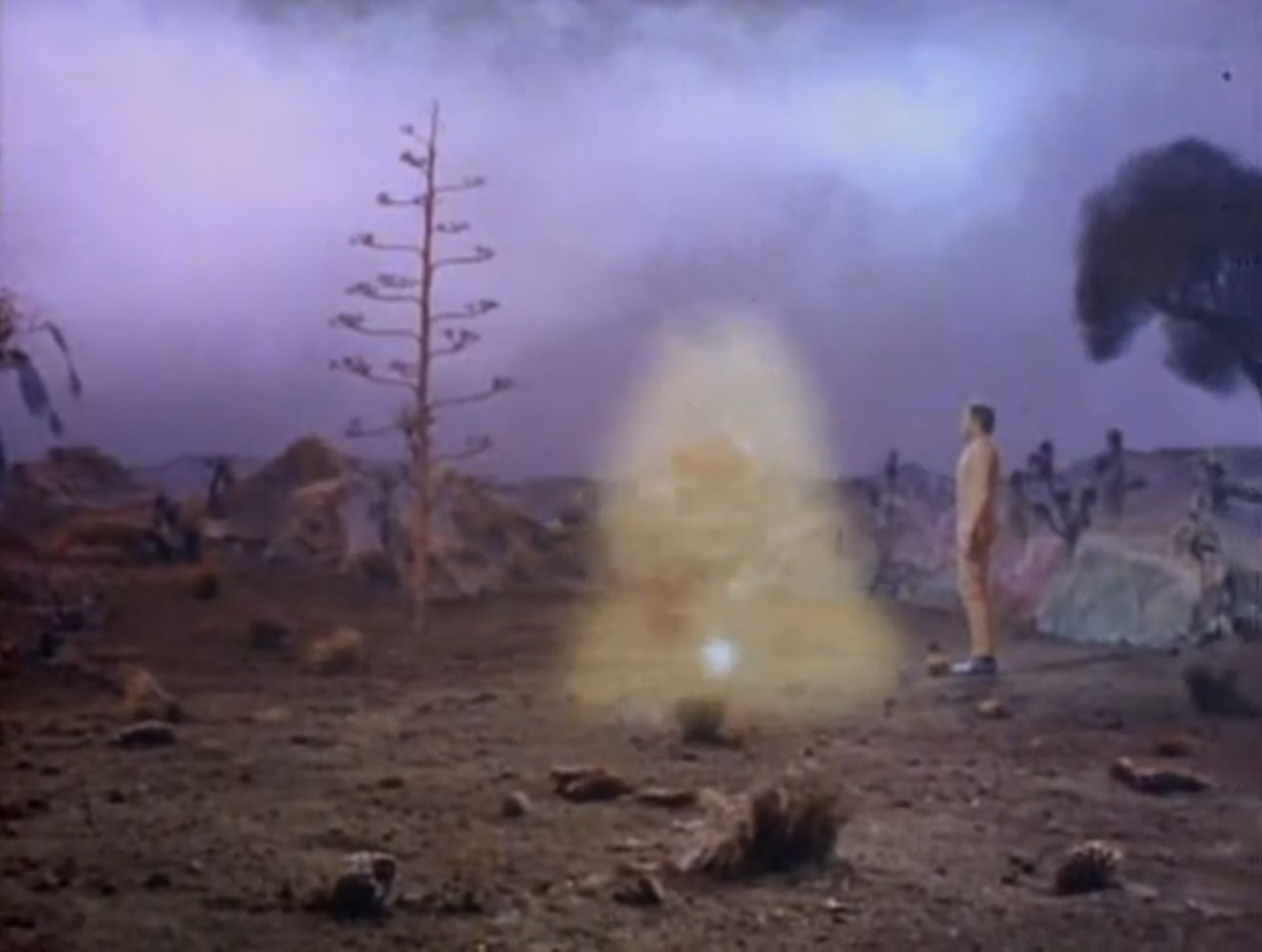

![[November 6, 1967] Reaching the Peak (Doctor Who: The Abominable Snowmen [Part 2])](https://galacticjourney.org/wp-content/uploads/2022/11/671106snowmenonthemountain.jpg)

![[November 2, 1967] Trouble and Toil (<i>Star Trek</i>: Catspaw)](https://galacticjourney.org/wp-content/uploads/2022/10/671102title-672x372.jpg)



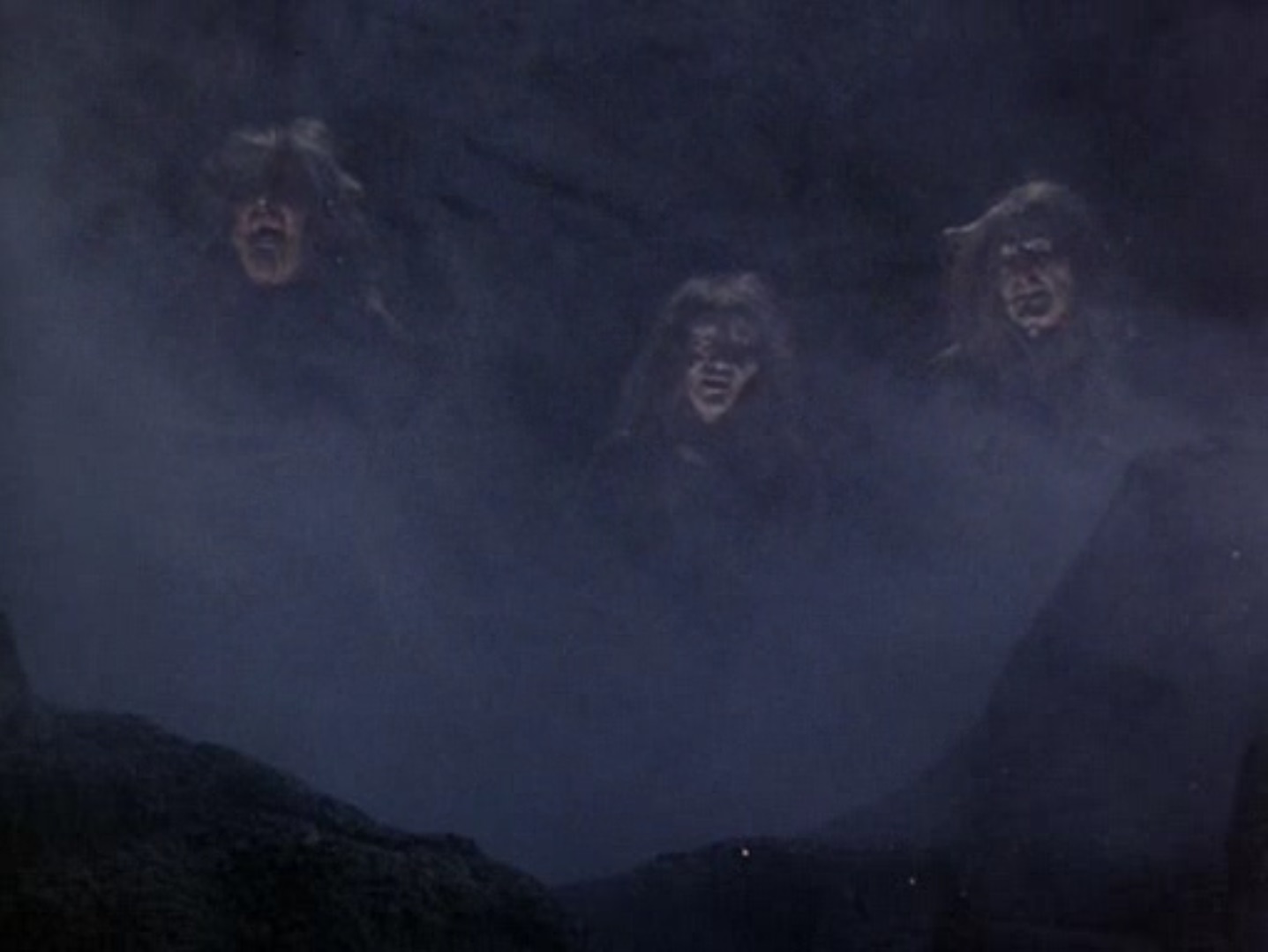
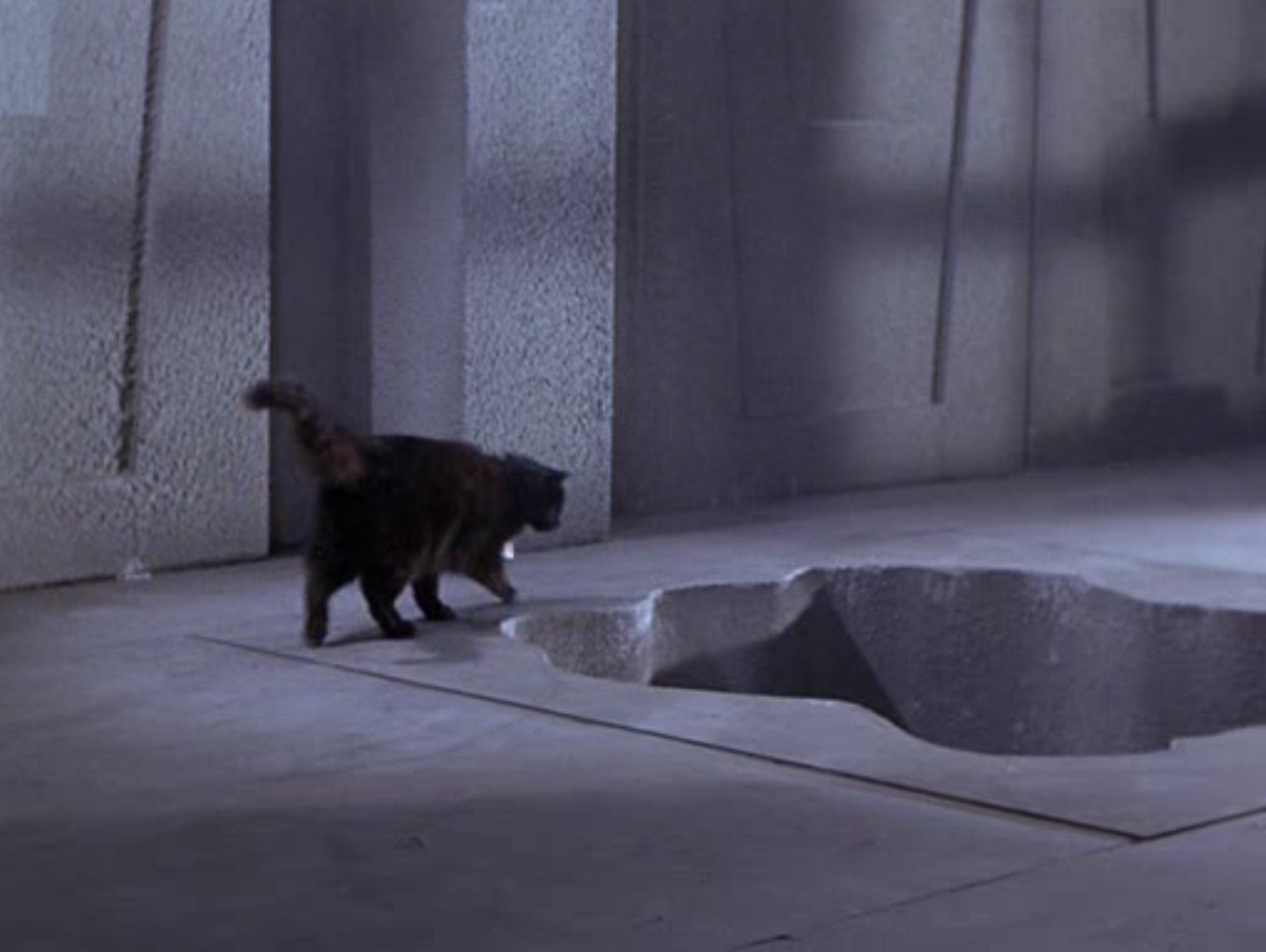
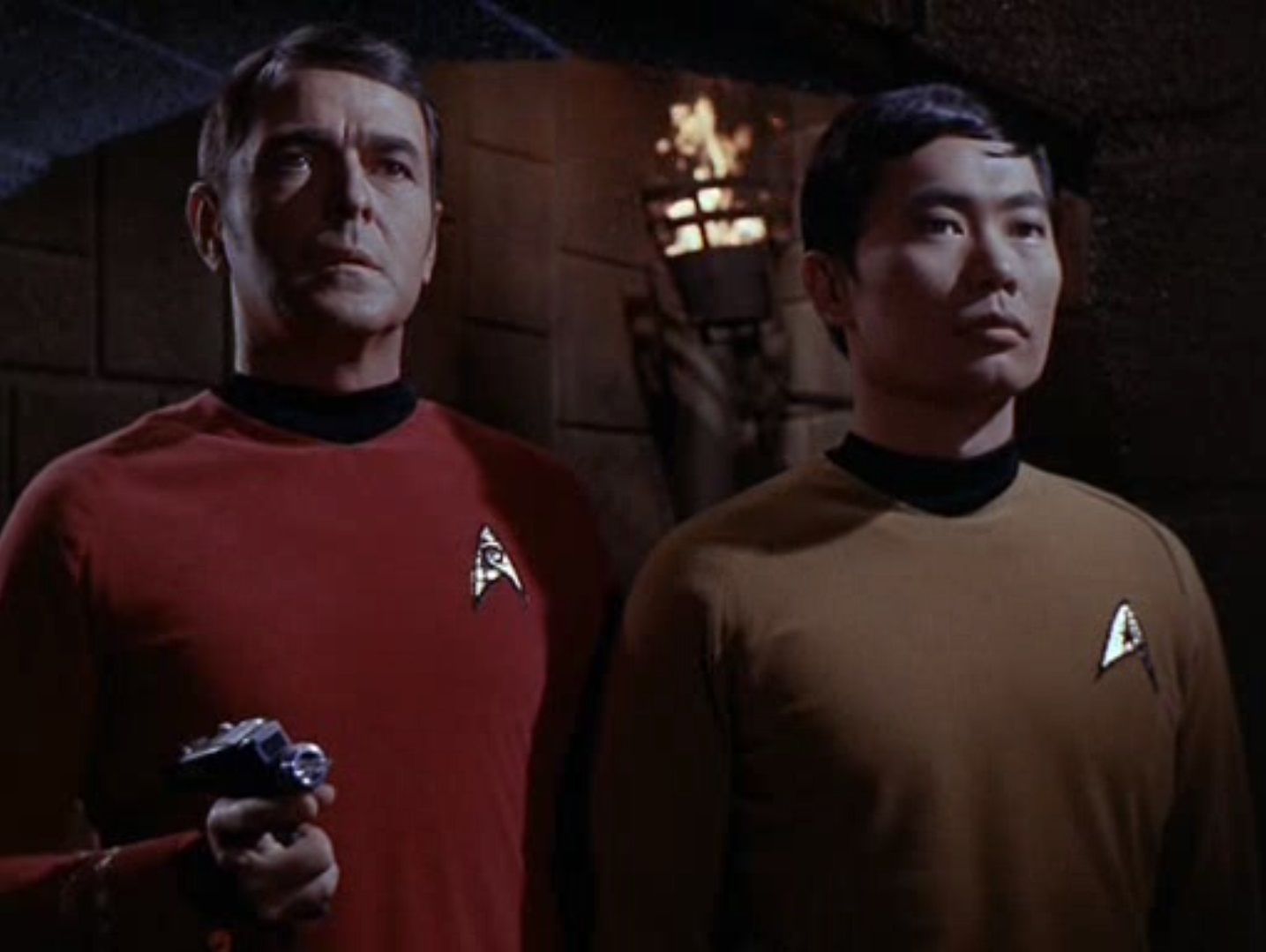
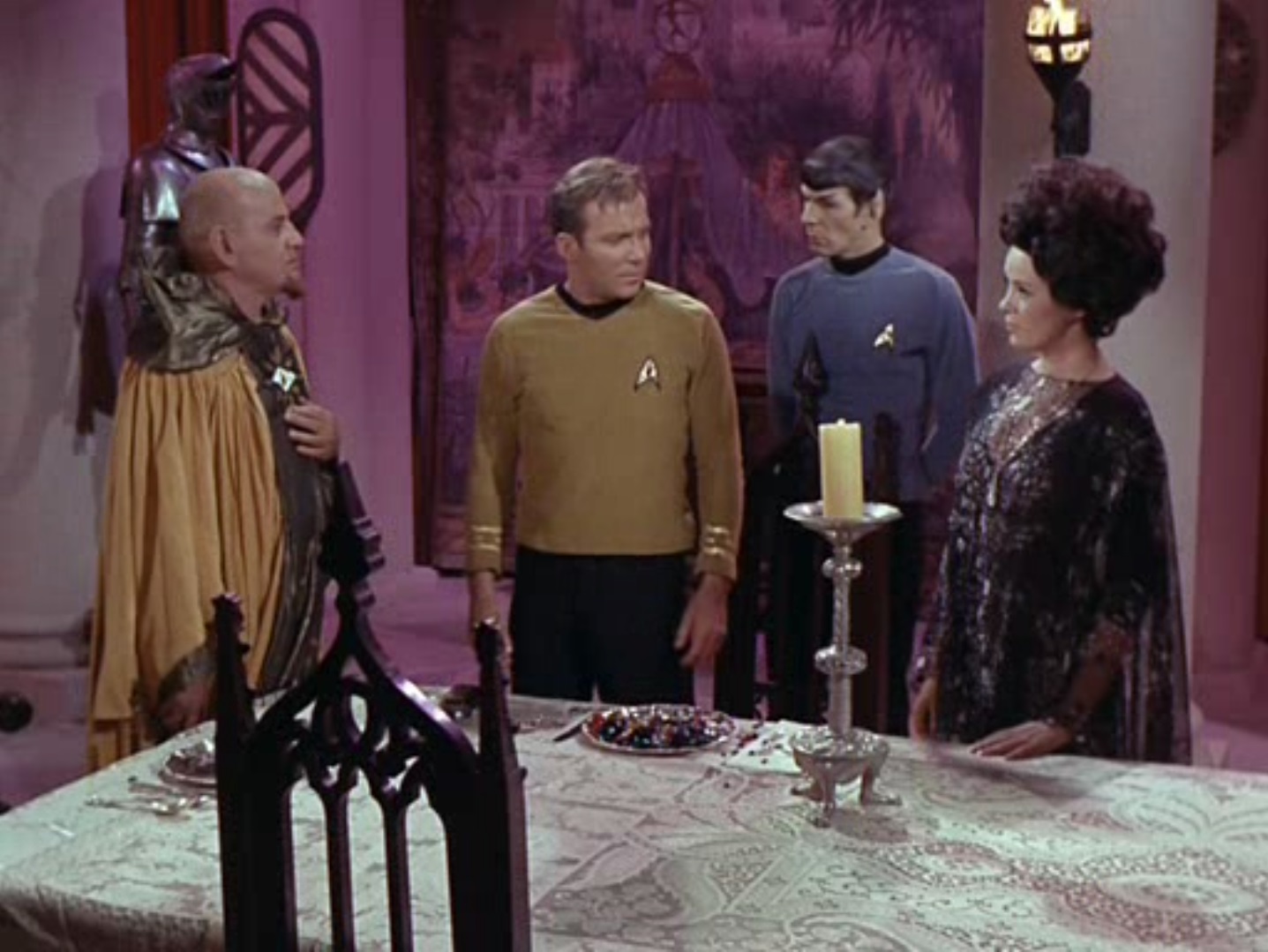
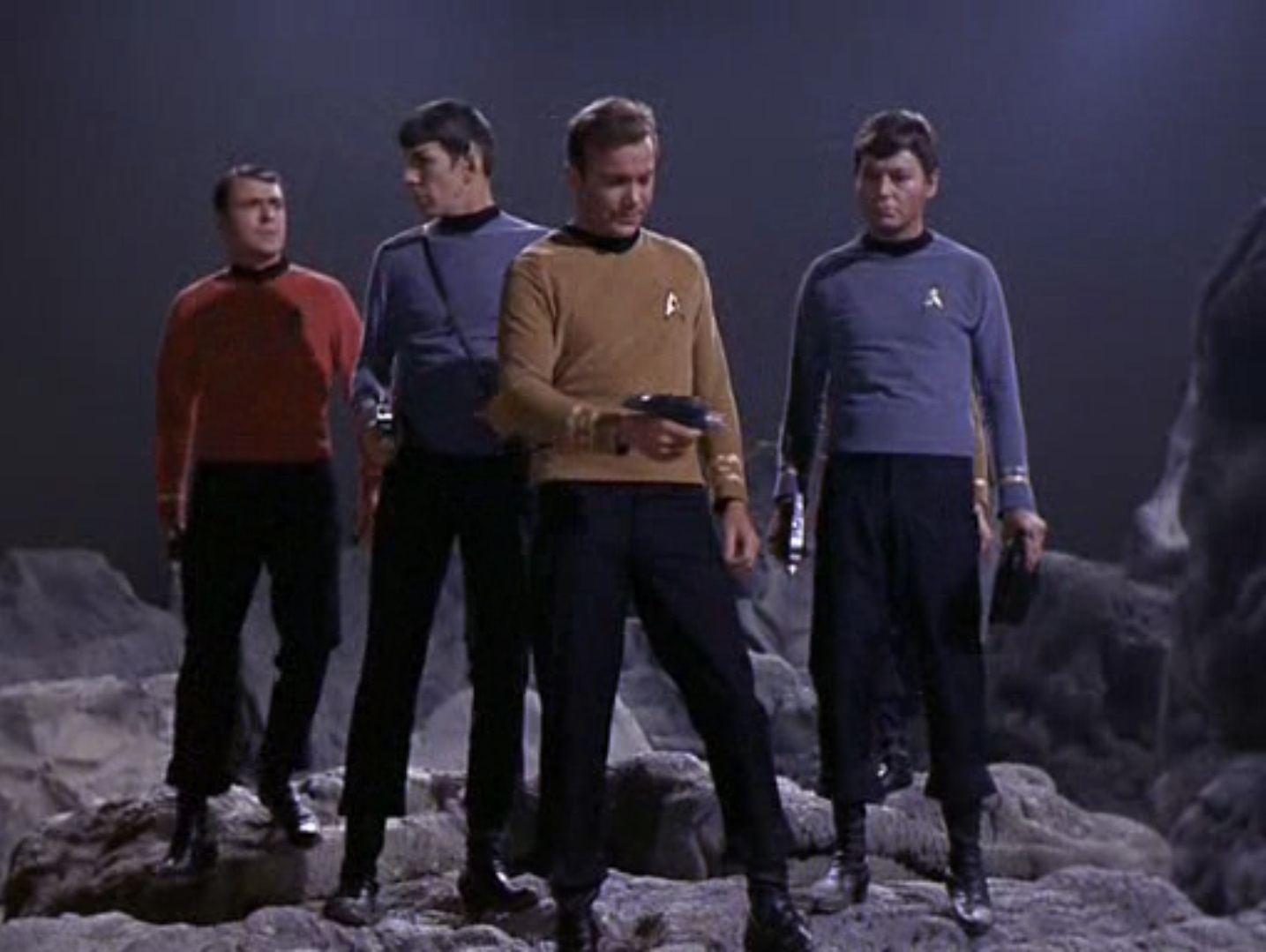



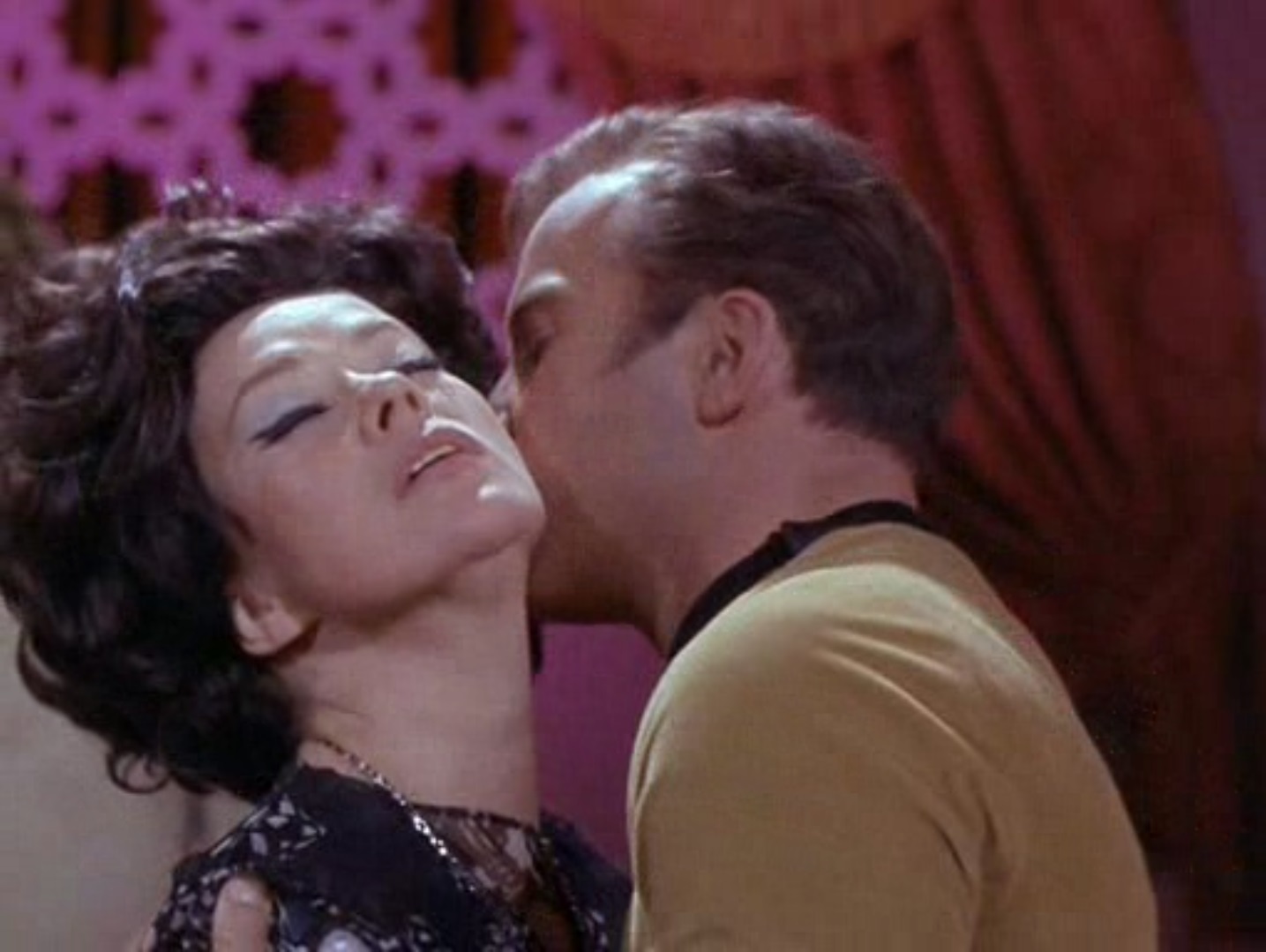



![[October 26, 1967] Duet in G(ray) (<i>Star Trek</i>: "The Doomsday Machine")](https://galacticjourney.org/wp-content/uploads/2022/10/671026title-672x372.jpg)










![[October 20, 1967] Spoils the Bunch (<i>Star Trek</i>: "The Apple")](https://galacticjourney.org/wp-content/uploads/2022/10/671020title-672x372.jpg)










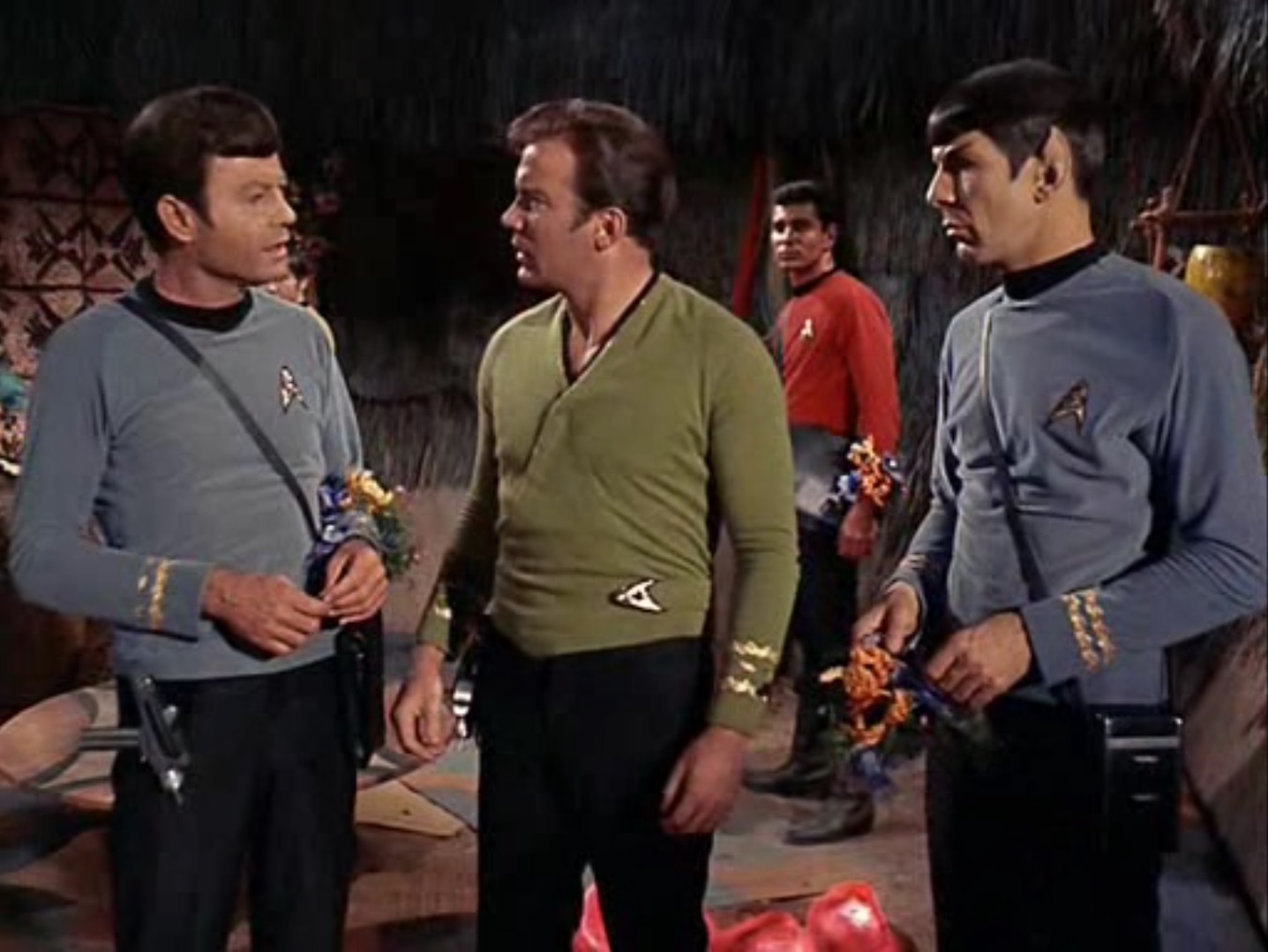

![[October 16, 1967] A Frosty Reception (<i>Doctor Who</i>: The Abominable Snowmen)](https://galacticjourney.org/wp-content/uploads/2022/10/671016moreyeti-672x372.jpg)

![[October 12, 1967] See you on the flip side (<i>Star Trek</i>: "Mirror, Mirror")](https://galacticjourney.org/wp-content/uploads/2022/10/671012title-672x372.jpg)

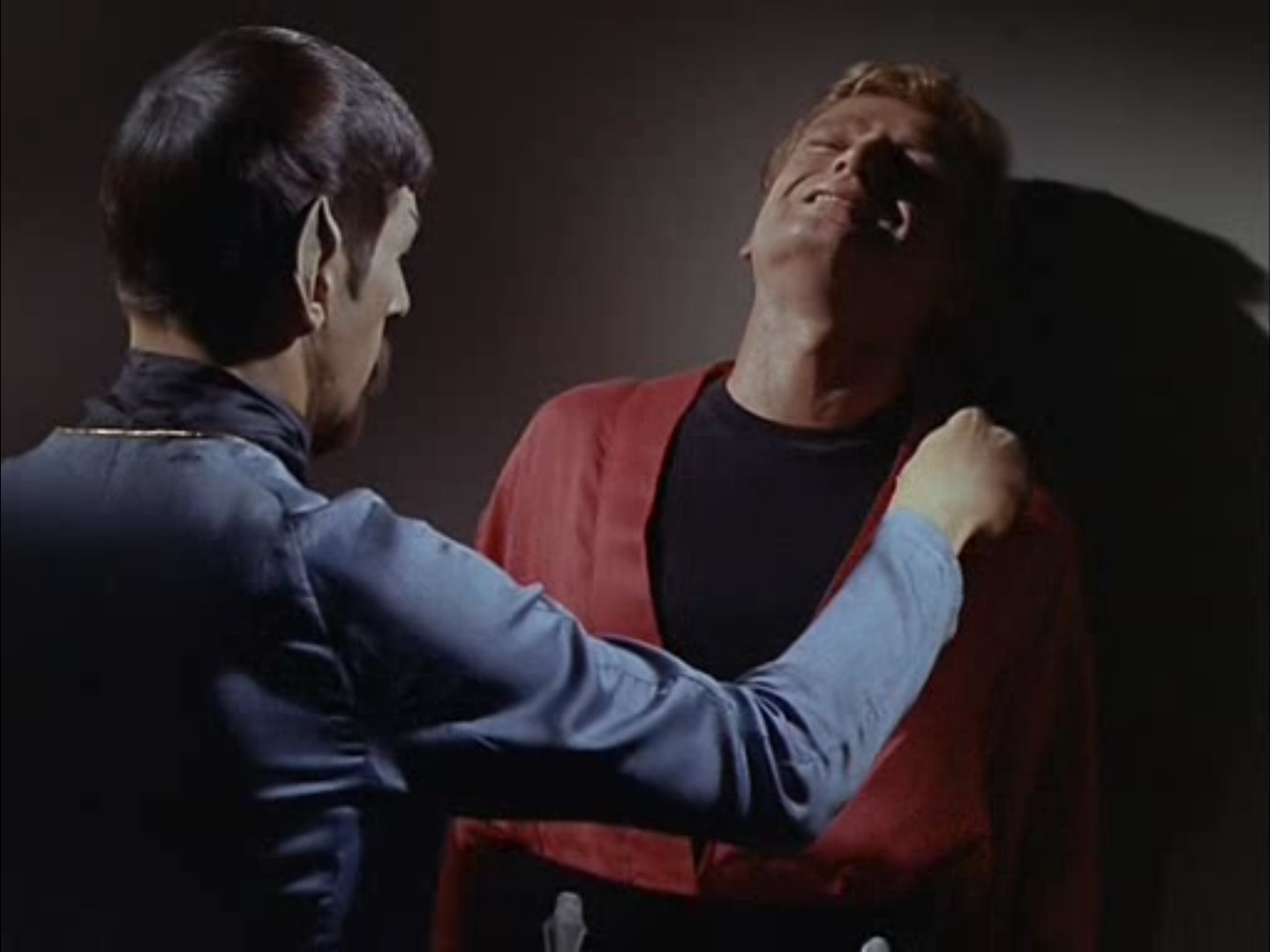
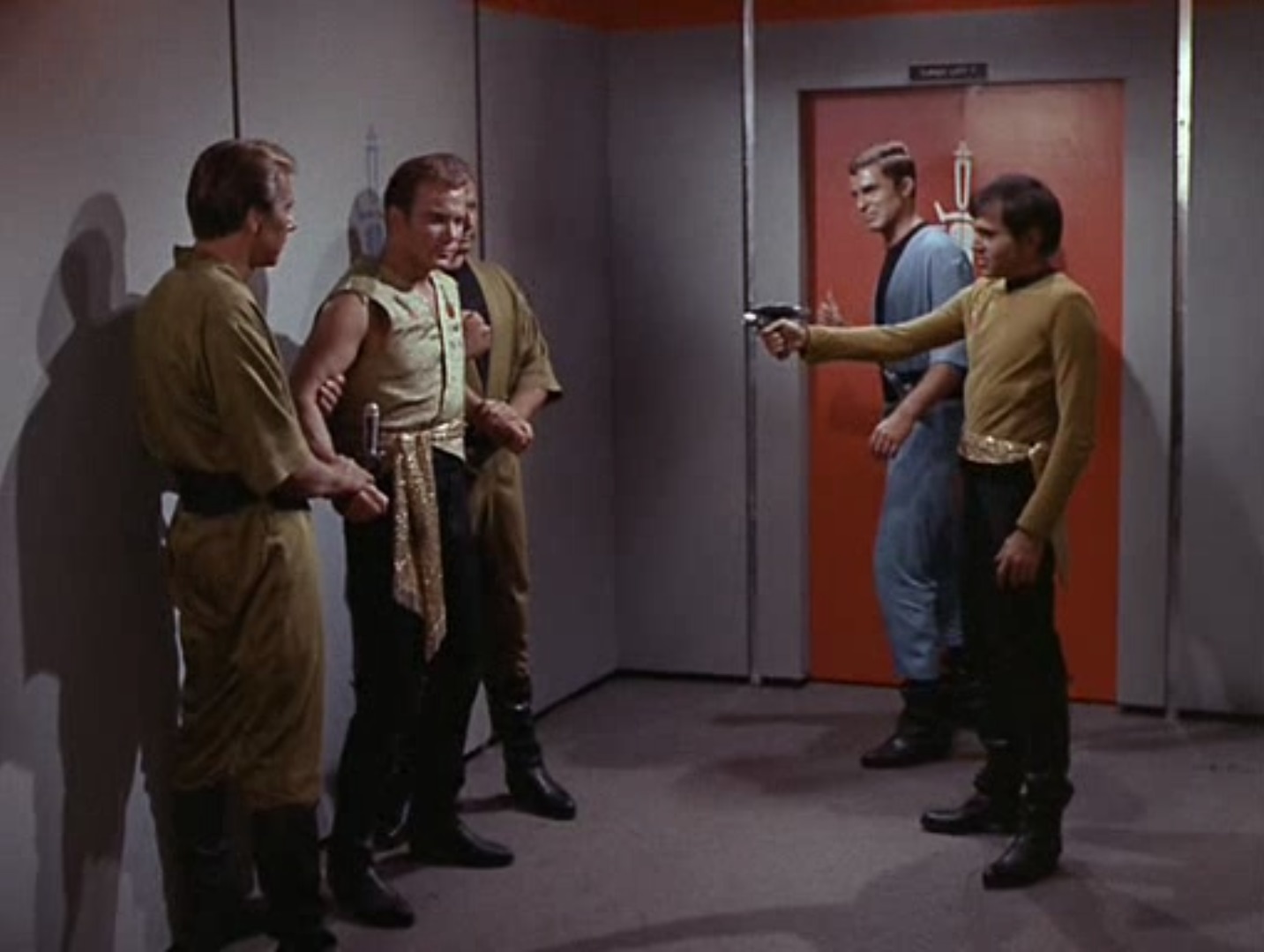

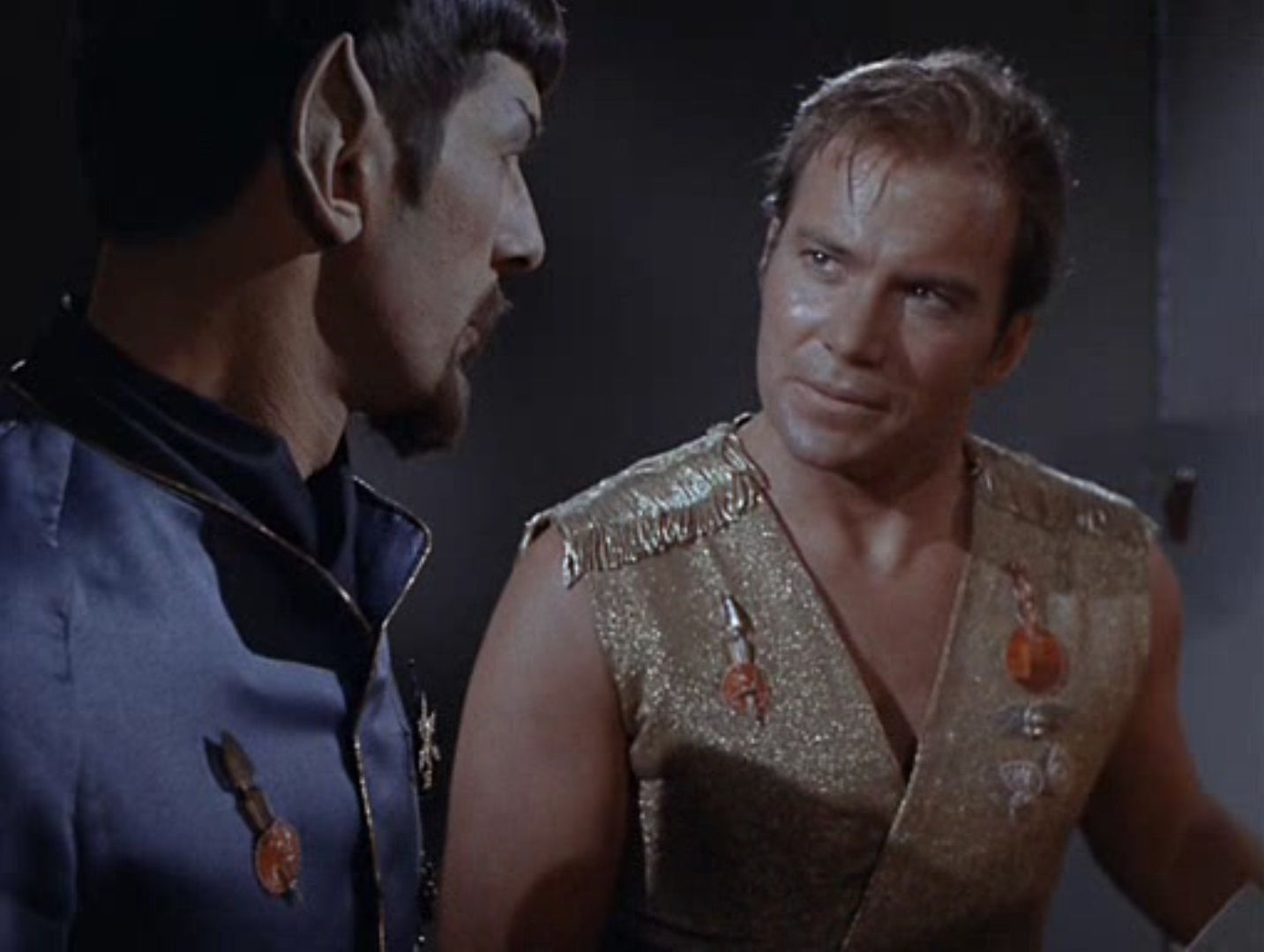


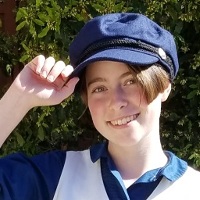
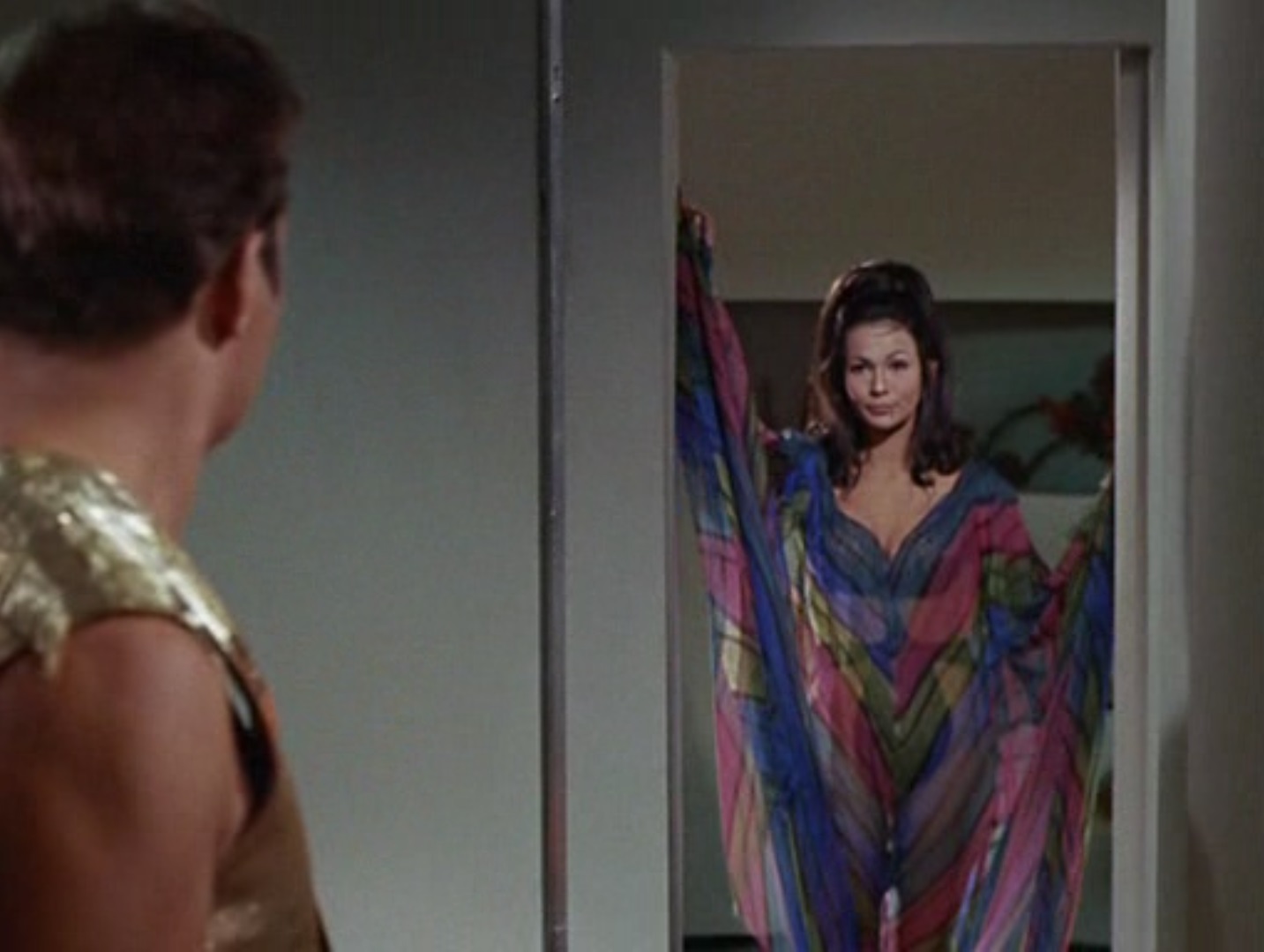

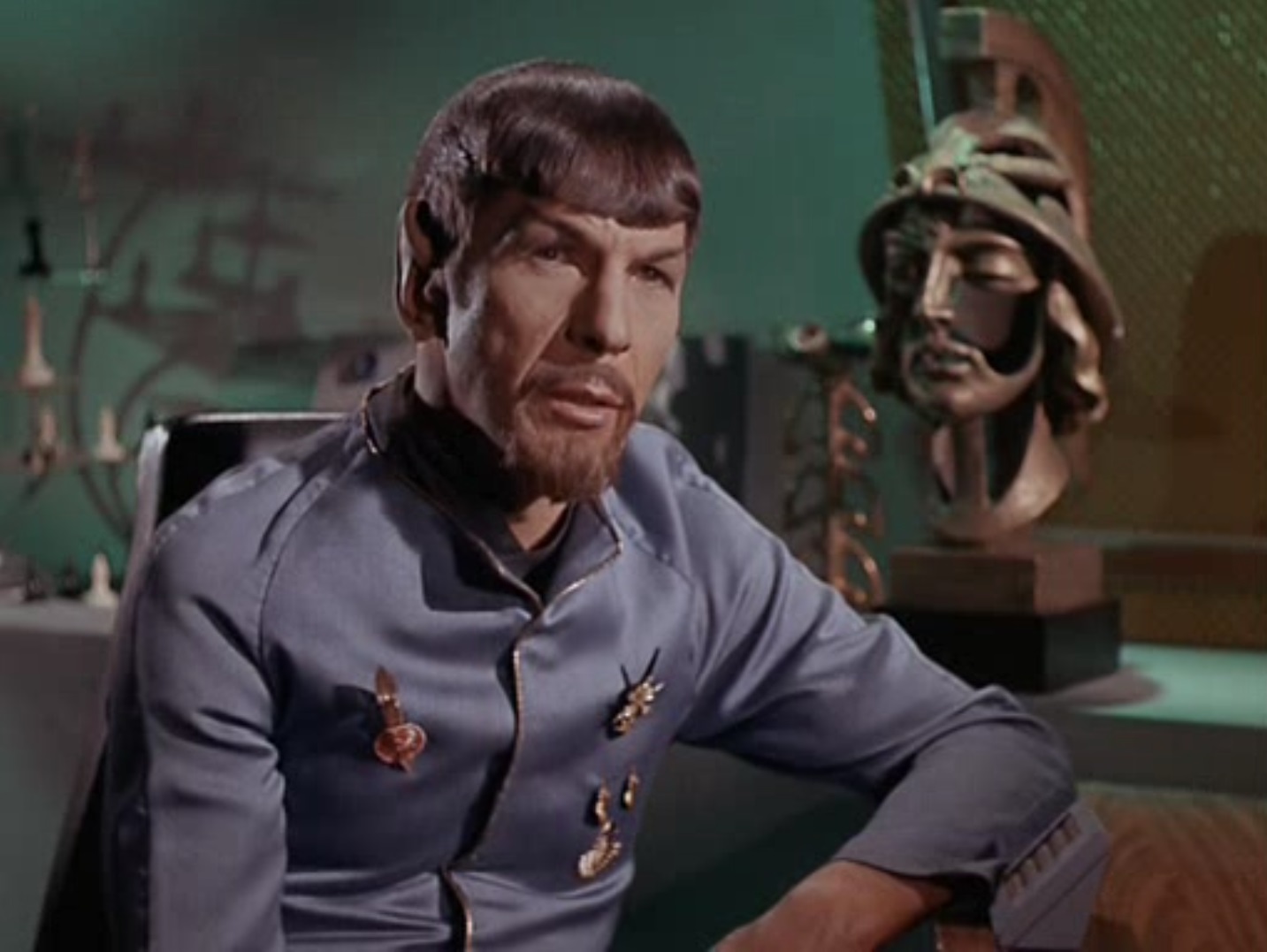



![[October 6, 1967] Deus ex Machina (<i>Star Trek</i>: "Changeling")](https://galacticjourney.org/wp-content/uploads/2022/10/671006title-672x372.jpg)








![[September 28, 1967] We have met Divinity, and He is Ours (<i>Star Trek</i>: "Who Mourns for Adonais")](https://galacticjourney.org/wp-content/uploads/2022/09/670928title-672x372.jpg)
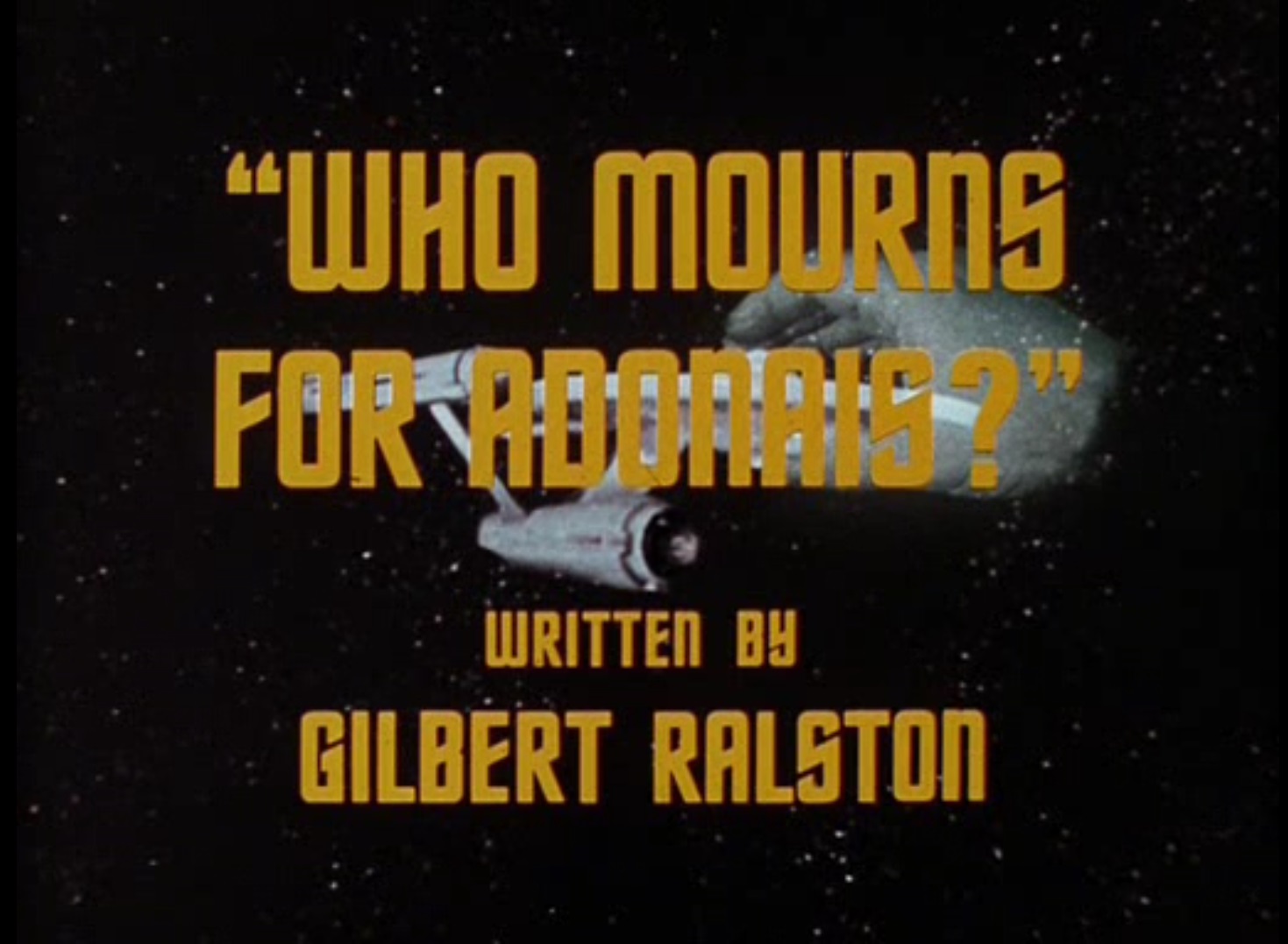
![[September 24th, 1967] A Really Cool Story (<i>Doctor Who</i>: Tomb Of The Cybermen)](https://galacticjourney.org/wp-content/uploads/2022/09/660924dontsayit-672x372.jpg)
